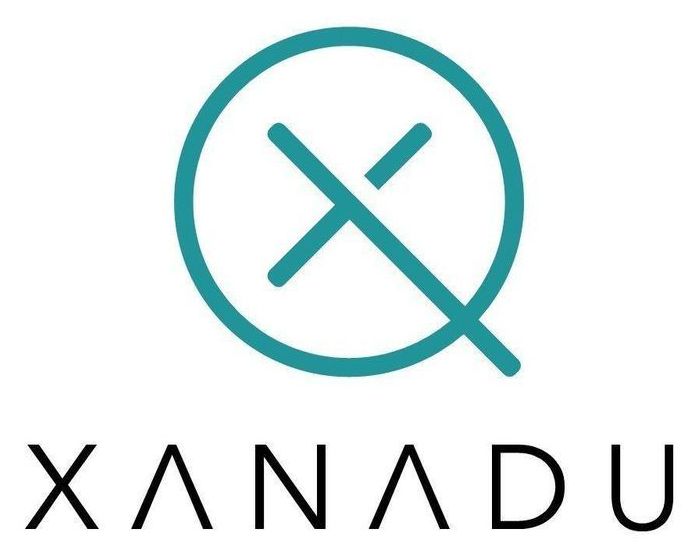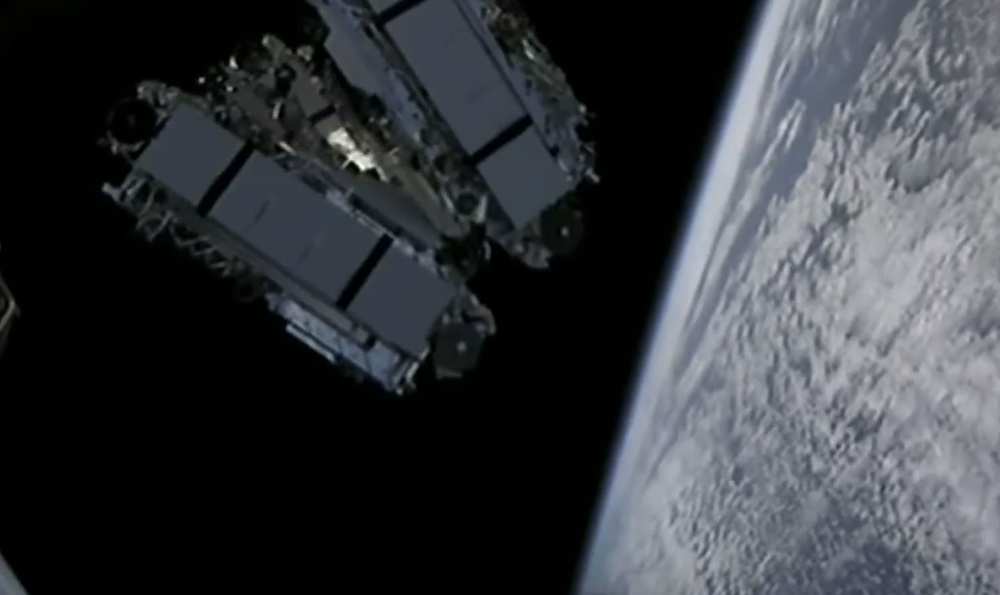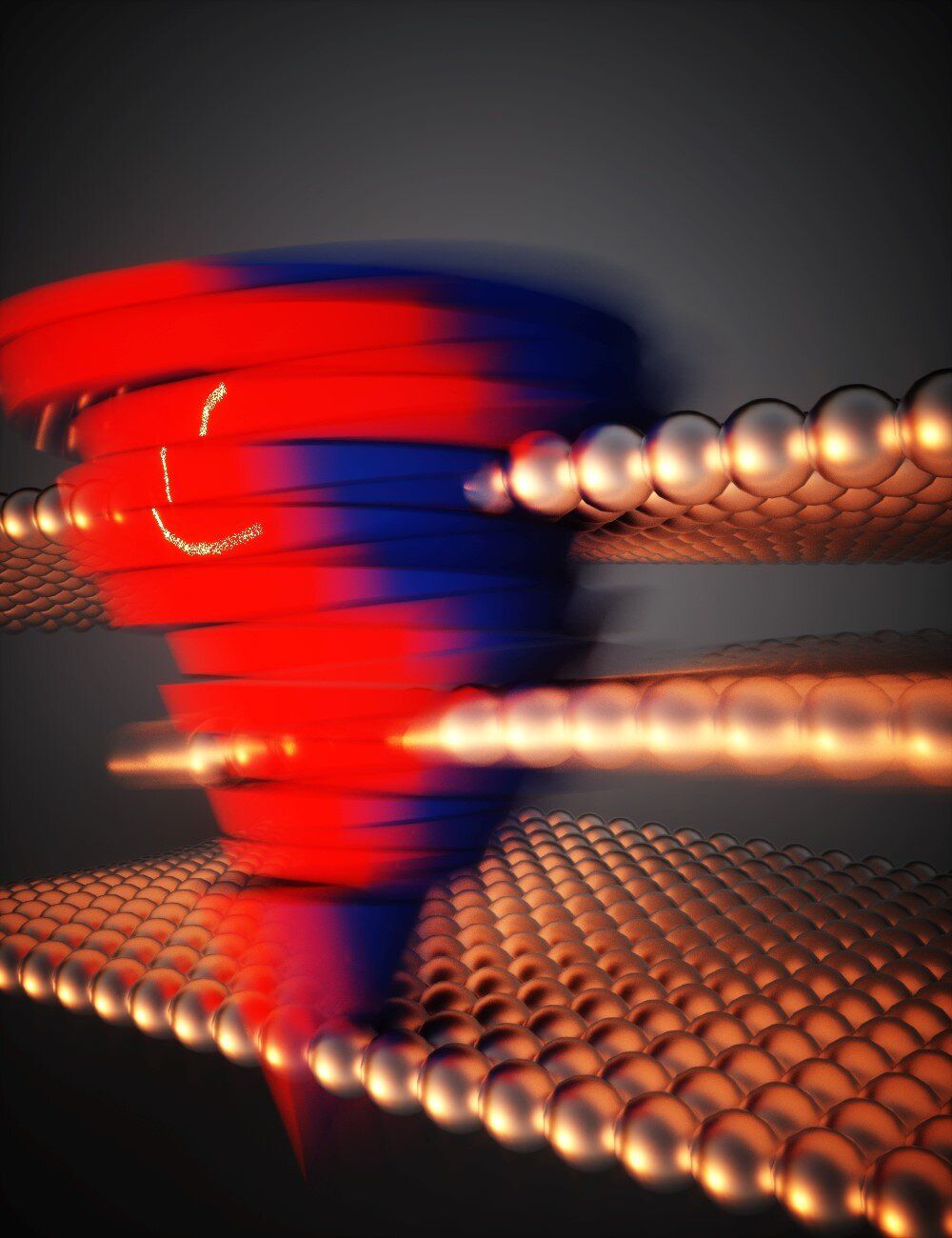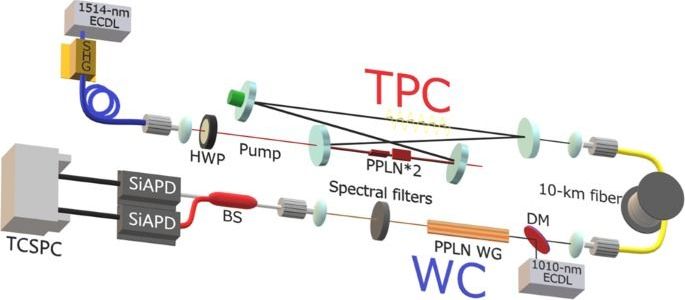The cyberdelic extravaganza is online for the first time because of the pandemic. But maybe that’s not as strange as it might seem.



Xanadu, a photonic quantum computing company, announced today the release of the world’s first publicly available photonic quantum cloud platform, according to a press release. Developers can now access Xanadu’s gate-based photonic quantum processors, in 8, 12, and soon 24-qubit machines.
Photonics based quantum computers have many advantages over older platforms. Xanadu’s quantum processors operate at room temperature. They can easily integrate into existing fiber optic-based telecommunication infrastructure, enabling a future where quantum computers are networked. It also offers great scalability supporting fault tolerance, owing to robust error-resistant physical qubits and flexibility in designing error correction codes. Xanadu’s unique type of qubit is based on squeezed states – a special type of light generated by our own chip-integrated silicon photonic devices.
“We believe that photonics offers the most viable approach towards universal fault-tolerant quantum computing with Xanadu’s ability to network a large number of quantum processors together. We are excited to provide this ecosystem, a world-first for both quantum and classical photonics,” said Christian Weedbrook, Xanadu Founder and CEO. “Our architecture is new, designed to scale-up like the Internet versus traditional mainframe-like approaches to quantum computing.”

SpaceX gave an update on early tests of its Starlink satellite internet network, which showed speeds capable of playing online video games and streaming movies.
Starlink is the ambitious plan by Elon Musk’s company to build an interconnected network of about 12,000 small satellites in low Earth orbit. To date, SpaceX has launched about 650 of its version 1.0 satellites and is currently building a system of ground stations and user terminals to connect consumers directly to its network.
The company confirmed during the webcast of its latest launch on Monday that employees have been testing Starlink’s latency and download speeds, key measures for an internet service provider. SpaceX senior certification engineer Kate Tice said that the initial results of those tests “have been good.”


Amanda Christensen, ideaXme guest contributor, fake news and deepfake researcher and Marketing Manager at Cubaka, interviews Dan Mapes, PhD, MBA co-founder of VERSES.io and co-author of The Spatial Web: How Web 3.0 Will Connect Humans, Machines, and AI to Transform the World.
Amanda Christensen Comments:
We’ve come a long way since the invention of the internet, and even further since the invention of the first computer, which together have undeniably significantly facilitated everyday life. We have never had access to more information at the touch of our fingers, or been more connected than we are now.
However, the exponential advancement of the internet has brought along with it a whole host of problems, such as the rampant spread of fake news, deep fake technology, significant data breaches, and hacking, to name a few.
The further advancement of the internet, and particularly AI, is inevitable, as the full potential of their capabilities are far from being reached. But how do we advance in a way that both further optimises our lives but simultaneously protects us from further misuse?
The Spatial Web
Actually, the predominant language of the website is English, but even me being bilingual, I felt more comfortable delivering the narrative in my native language.
In the video, I give a thorough overview of the content and organization of my website Transhumanplus.com. It has a huge amount of information, growing constantly, on the transhumanist movement, emerging technologies in general, and very specially, on the longevity, rejuvenation and life extension field.
The idea is to provide a 20 minute guide to visitors, so you can have a good understanding and take the most out of it when surfing the web.
If you enjoy the video or are interested in these matters, I invite you to contact me through any of the following social media channels:
LinkedIn: https://www.linkedin.com/in/andresgrases/
Facebook: https://www.facebook.com/andres.grases
Instagram: https://www.instagram.com/andgrabri/
And of course, please consider subscribing to my Youtube channel: https://www.youtube.com/andresgrases

The emergence of artificial intelligence and machine learning techniques is changing the world dramatically with novel applications such as internet of things, autonomous vehicles, real-time imaging processing and big data analytics in healthcare. In 2020, the global data volume is estimated to reach 44 Zettabytes, and it will continue to grow beyond the current capacity of computing and storage devices. At the same time, the related electricity consumption will increase 15 times by 2030, swallowing 8% of the global energy demand. Therefore, reducing energy consumption and increasing speed of information storage technology is in urgent need.
Berkeley researchers led by HKU President Professor Xiang Zhang when he was in Berkeley, in collaboration with Professor Aaron Lindenberg’s team at Stanford University, invented a new data storage method: They make odd numbered layers slide relative to even-number layers in tungsten ditelluride, which is only 3nm thick. The arrangement of these atomic layers represents 0 and 1 for data storage. These researchers creatively make use of quantum geometry: Berry curvature, to read information out. Therefore, this material platform works ideally for memory, with independent ‘write’ and ‘read’ operation. The energy consumption using this novel data storage method can be over 100 times less than the traditional method.
This work is a conceptual innovation for non-volatile storage types and can potentially bring technological revolution. For the first time, the researchers prove that two-dimensional semi-metals, going beyond traditional silicon material, can be used for information storage and reading. This work was published in the latest issue of the journal Nature Physics. Compared with the existing non-volatile (NVW) memory, this new material platform is expected to increase storage speed by two orders and decrease energy cost by three orders, and it can greatly facilitate the realization of emerging in-memory computing and neural network computing.


Quantum technologies have seen a remarkable development in recent years and are expected to contribute to quantum internet technologies. The authors present an experimental implementation over commercial telecom fibres of a two-photon comb source for quantum communications with long coherence times and narrow bandwidth, which is used in a 20 km distribution experiment to show the presence of remote two-photon correlations.